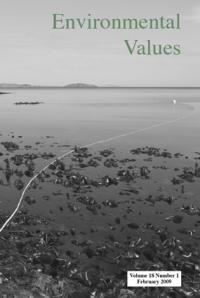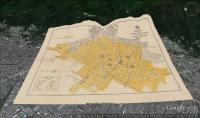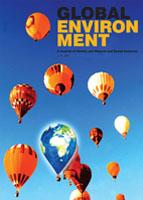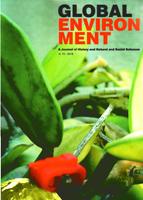Show search results for
"Ecological Restoration and Place Attachment: Emplacing Non-Places?"
In this paper the author discusses three possible alternative interpretations of the meaning of places and place attachment in ‘new nature’ projects, and shows how all three imply a different view on human identity and history.
"Socio-Ecological Transformation from Rural into a Residential Landscape in the Matadepera Village (Barcelona Metropolitan Region), 1956-2008"
In this study the authors offer an analysis of the socio-ecological transformation of Matadepera, a wealthy suburb of metropolitan Barcelona that evolved out of a rural village inhabited by poor peasants who farmed rain-fed cropland and managed the forest.
"'All That Country Will Be Taken Up by the Thrifty Settler': Migration, Environment, and the Cutover Lands of Minnesota, USA from the 1890s to the 1930s"
This case study of deforested land in northern Minnesota, transformed by the lumber industry during the late nineteenth and early twentieth centuries, shows how differently institutions and individuals can think about climate and ecology when examining the connection between migration and climate.
"Post-Disaster Migrations and Returns in Sicily: The 1908 Messina Earthquake and the 1968 Belice Valley Earthquake"
This article explores the relationship between disasters and the population movements in two case studies: The 1908 Messina earthquake and the 1968 Belice Valley earthquake.
"Environmental Migration as Planned Livelihood Among the Rebaris of Western Rajasthan, India"
This paper suggests that environmental migration in western Rajasthan, once viewed as a response to drought and famine, has also developed into a planned livelihood strategy.
“Urbanists and the Environment Between Technique and Politics: The Case of Italy from the Sixties to the Present”
This article examines a trend in town-planning studies known as “reformist” that developed in Italy and marked a deep change in land management concepts. Beginning in the Sixties, it sought to reform the economic growth to limit its negative social and environmental impact.
"Big Science and the Enchantment of Growth in Latin America"
The central theme of this article is the mirage of growth that spread in Latin American countries under the influence of the United States, during and after World War II. This historical period had significant material consequences on world landscapes, as well as a symbolic impact through the rise of the ideal of Big Science, which aggravated the material environmental impacts.
"Environment, Memory, and the Groundnut Scheme: Britain’s Largest Colonial Agricultural Development Project and Its Global Legacy"
This article focuses on perceptions and memories of the “Groundnut Scheme”, an enacted peanut monoculture in East Africa and one of the largest colonial agricultural development initiatives in history, trying in particular to trace the different functions that were assigned to the social and ecological landscape of Tanganyika.








